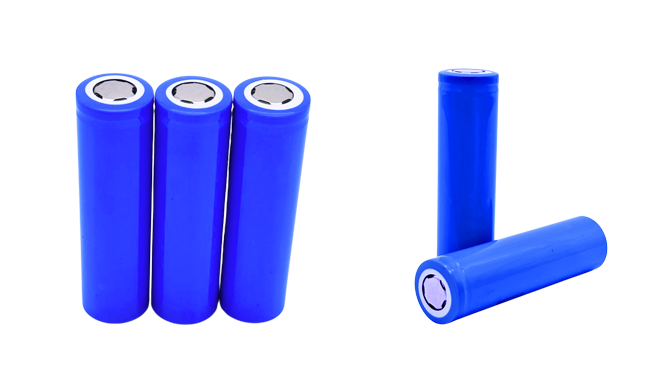
SONY has always wanted to make lithium-ion batteries like alkaline batteries, with certain industrial standards, just like the 5th and 7th batteries, which are basically the same all over the world. However, due to one of the major advantages of lithium-ion batteries being the ability to design their appearance according to customer needs, there cannot be a unified standard.
3. Poor safety
We know that in extreme situations such as overcharging and high temperatures, lithium-ion batteries undergo violent chemical reactions internally, producing a large amount of gas. The 18650 battery uses a metal shell with a certain strength. When the internal air pressure reaches a certain level, the steel shell will rupture and explode, causing a terrifying safety accident.
4. Low energy density
A typical 18650 battery can achieve a capacity of around 2200mAh, resulting in an energy density of approximately 500Wh/L, while the energy density of polymer batteries can currently approach 600Wh/L in mass production.
But polymer batteries also have their own drawbacks. The main reason is that the cost is relatively high, and since it can be designed according to customer needs, the research and development costs need to be included. Moreover, due to the varied shapes and diverse types, various fixtures and jigs used in the manufacturing process are non-standard components, which correspondingly increases costs. Polymer batteries themselves have poor universality, which is also due to flexible design. Often, in order to achieve such a 1mm difference, a new one needs to be designed for customers.

High safety LiFePO4 battery,long cycle life,Fast Charging

High rate Discharge,fast charge,long cycle life
E-Mail: inquiry@fentbattery.com
Tel: 0086 20 3901-1403
Address: No.3, Dongli Road, Xili, Dongyong Town, Nansha District, Guangzhou City, China
Copyright@ China lithium ion battery manufacturers & suppliers & producers | Lithium Battery Factory & Company-BATTSYS Sitemap